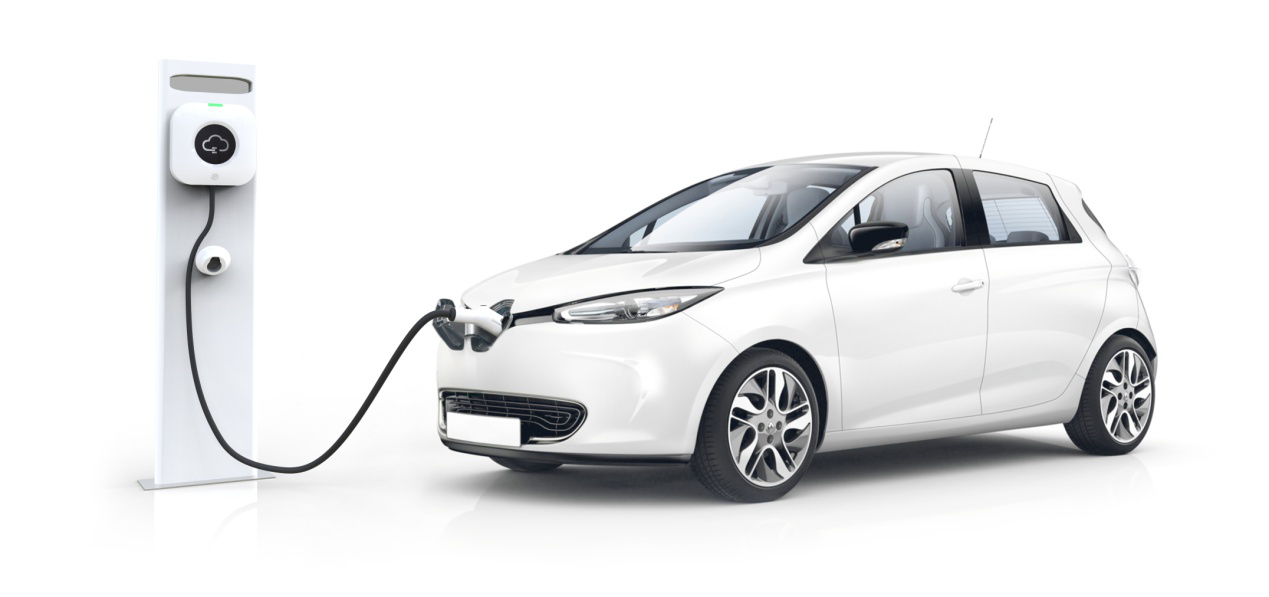The electric cars could be key to the development of renewable energy
The case for electric vehicles (EVs), which could be a key to the development of renewable energy, is getting stronger as they are seen not only as a cleaner and cheaper means of transport but also as a source of battery storage that could enhance the integration of intermittent wind and solar power.
According to the fitch group's fitch solutions macro research report, electric vehicles will become the largest source of battery storage in major renewable energy markets over the next decade.
The report paints a bright light on EV adoption, noting that the use of bidirectional current from electric vehicles to balance power supply and demand could become a key component of the global effort to bring renewable energy into the power mix.
According to wind and solar, it will be the main driver of renewable energy growth over the next decade - generating 51% and 28% of electricity from renewable sources in 2027. By that date, however, the study's authors predict that non-hydro renewables will still account for only about 13 percent of the
electricity mix, compared with 9 percent this year.
These data can be improved by battery storage in electric vehicles, which can reduce reliance on carbon baseload and peak power plants.
Absorb forecast
Fitch forecasts that by 2027, the fleet of electric vehicles will have 25 million vehicles, including 17 million electric vehicles (BEVs) and 8 million plug-in hybrid vehicles (PHEVs).
As shown below, BEVs have larger batteries, ensuring that they have the greatest impact on the global storage market.
By contrast, sales of electric vehicles will rise from a global record of 1.1 million last year to 11 million in 2025 and then soar to 30 million in 2030 because of their cost advantage over internal-combustion vehicles, Bloomberg said.
According to Fitch, the storage capacity of the world's electric fleet will reach 1,931 gigawatt-hours by 2027, with BEVs accounting for 90 percent to 1,747 gigawatt-hours.
The benefits of V2G
As demand exceeds generating capacity -- via vehicl -to-grid (V2G) technology -- the storage boom will, in turn, provide plenty of opportunities to absorb excess renewable power generation and release it.
The bidirectional current in electric batteries will make the power system more dependent on intermittent renewable energy, Fitch said.
According to the study's authors, a key prerequisite for unlocking the V2G opportunity is a well-developed charging network that ensures the electric vehicle stays connected to the grid when it is not on the road.
The charging infrastructure market is growing strongly. According to GTM Research (now WoodMackenziePowerandRenewables) predicts that by 2030, the field of electric vehicle charging will include as many as 40 million public and private charging points, because the electric car is expected to account for 11% of new car sales, higher than about 3% today.
In the context of the growth of the renewable energy sector and the expansion of electric vehicle fleets, Fitch concluded that promoting V2G will be an urgent priority for stakeholders in the electric vehicle and electricity markets.
Edit by Tiger


